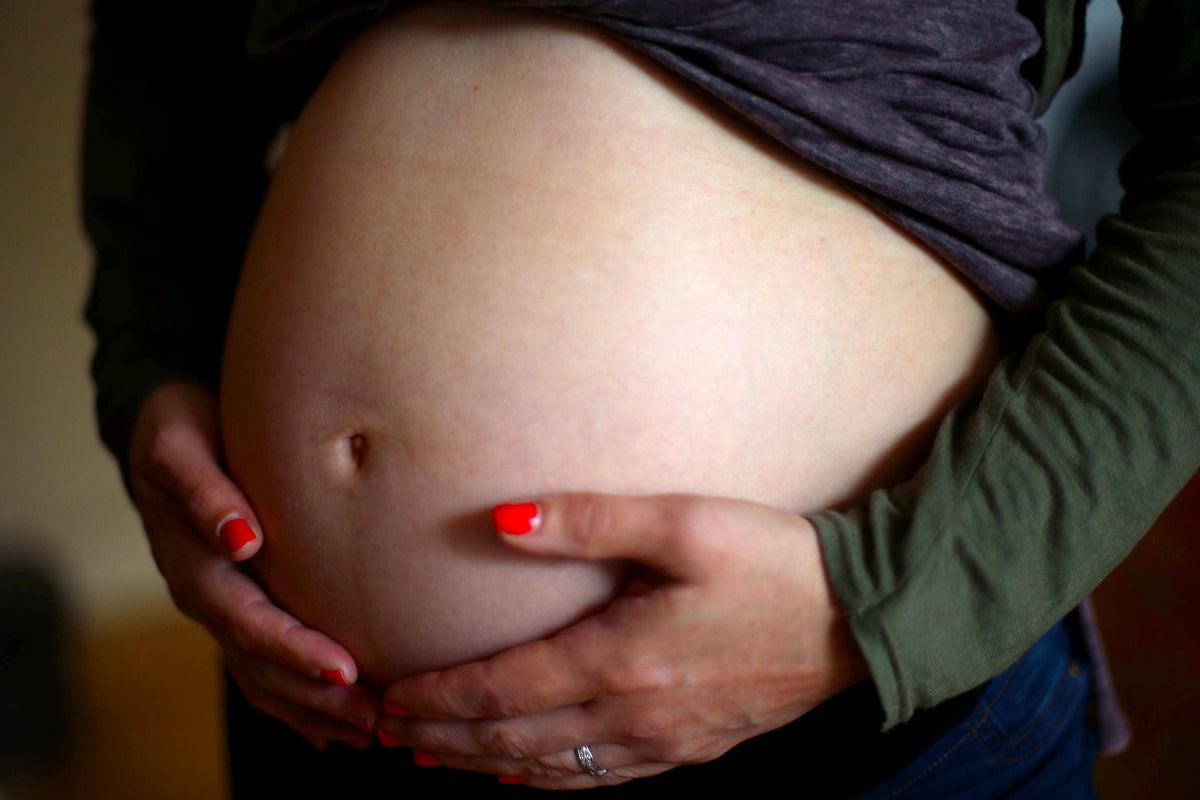
Stillbirths in the United States are more common than previously reported, impacting one in every 147 births despite advancements in prenatal care, according to a new study.
Researchers at the Harvard T.H. Chan School of Public Health and Mass General Brigham looked at the outcomes of more than 2.7 million pregnancies between 2016 and 2022 and found that during that time, there were nearly 19,000 stillbirths – a rate higher than recorded in federal data.
While the study, published Monday in JAMA, notes that one in 147 pregnancies end in stillbirth, the national average as reported by the Centers for Disease Control and Prevention is one in 175 pregnancies.
“Both of these data sources – the data in our study and the CDC data – have potential flaws, but the main issue is that, regardless of the data source, the rate of stillbirths is too high,” said study co-leader Jessica Cohen.
The study also found that stillbirth rates vary across racial and socioeconomic groups, with their frequency becoming even greater for families living in low-income areas, where one in every 112 births ended in a stillbirth. Meanwhile, stillbirths occurred once in every 95 births in areas with higher populations of Black families compared to white families.
Researchers also found that nearly 30 percent of stillbirths occur in pregnancies where there were no previously identified clinical risk factors.
“The U.S. has among the highest rates of stillbirth among all high-income countries and there has been barely any improvement in stillbirth rates in recent years,” Cohen said.
The study found that stillbirth rates were highest among pregnancies with low amniotic fluid levels, fetal anomalies and chronic hypertension, though other factors included maternal diabetes, obesity and substance use.
Pregnancies with these risk factors require stricter monitoring, such as increased ultrasound exams or fetal heart testing, according to study co-leader Dr. Mark Clapp of Massachusetts General Hospital in Boston.
While the rate of stillbirths was found to have increased in low-income areas, rural or urban residence and access to obstetric care were not linked to stillbirth risk.
The study’s authors say more research is needed to determine what drives the differences in stillbirth rates across socioeconomic groups.
“Stillbirths impact nearly 21,000 families each year in the U.S., and nearly half of those occurring at 37+ weeks are thought to be preventable. Yet there is very little research in this area,” Cohen, the co-author, said.
“Our study highlights the pressing need to improve stillbirth risk prediction and prevention.”
With reporting by Reuters.
